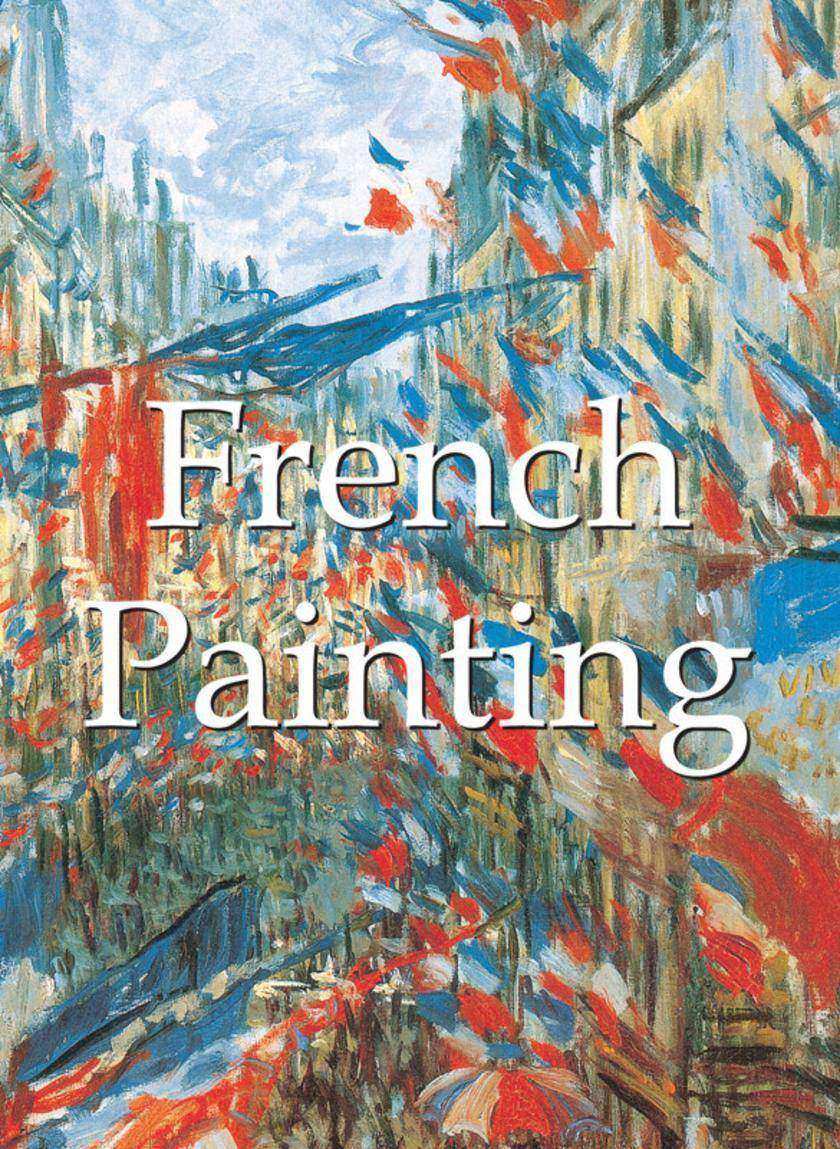
French Painting
¥61.23
The influence of works by French artists extends itself across all artistic styles, and many French works have gained world fame as classics. This book gives an overview of the French milestones in still lifes, portraits, and landscapes, and includes artists like Poussin, Clouet, Moreau, Millet, Courbet, Signac, and Rouault. The convenient format makes the Mega Square edition an ideal gift for any art lover.
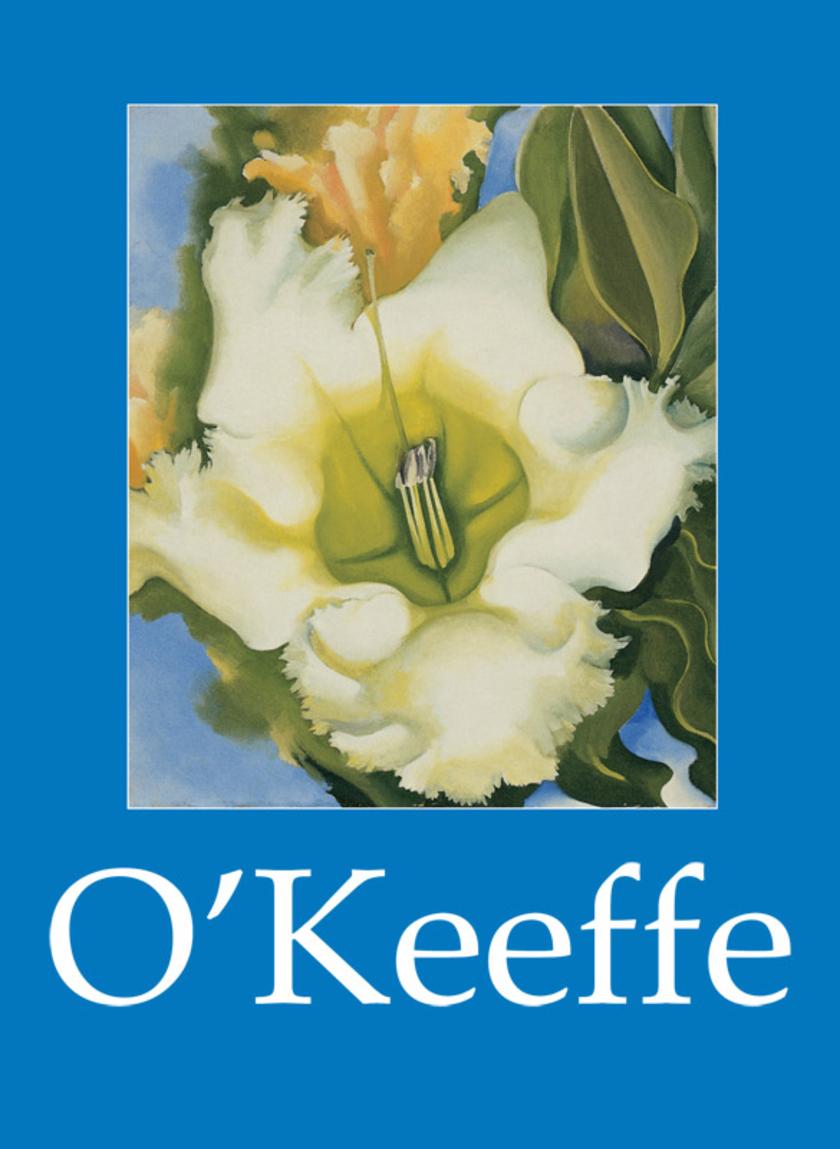
O'Keeffe
¥61.23
In 1905 Georgia travelled to Chicago to study painting at the Art Institute of Chicago. In 1907 she enrolled at the Art Students’ League in New York City, where she studied with William Merritt Chase. During her time in New York she became familiar with the 291 Gallery owned by her future husband, photographer Alfred Stieglitz. In 1912, she and her sisters studied at university with Alon Bement, who employed a somewhat revolutionary method in art instruction originally conceived by Arthur Wesley Dow. In Bement’s class, the students did not mechanically copy nature, but instead were taught the principles of design using geometric shapes. They worked at exercises that included dividing a square, working within a circle and placing a rectangle around a drawing, then organising the composition by rearranging, adding or eliminating elements. It sounded dull and to most students it was. But Georgia found that these studies gave art its structure and helped her understand the basics of abstra
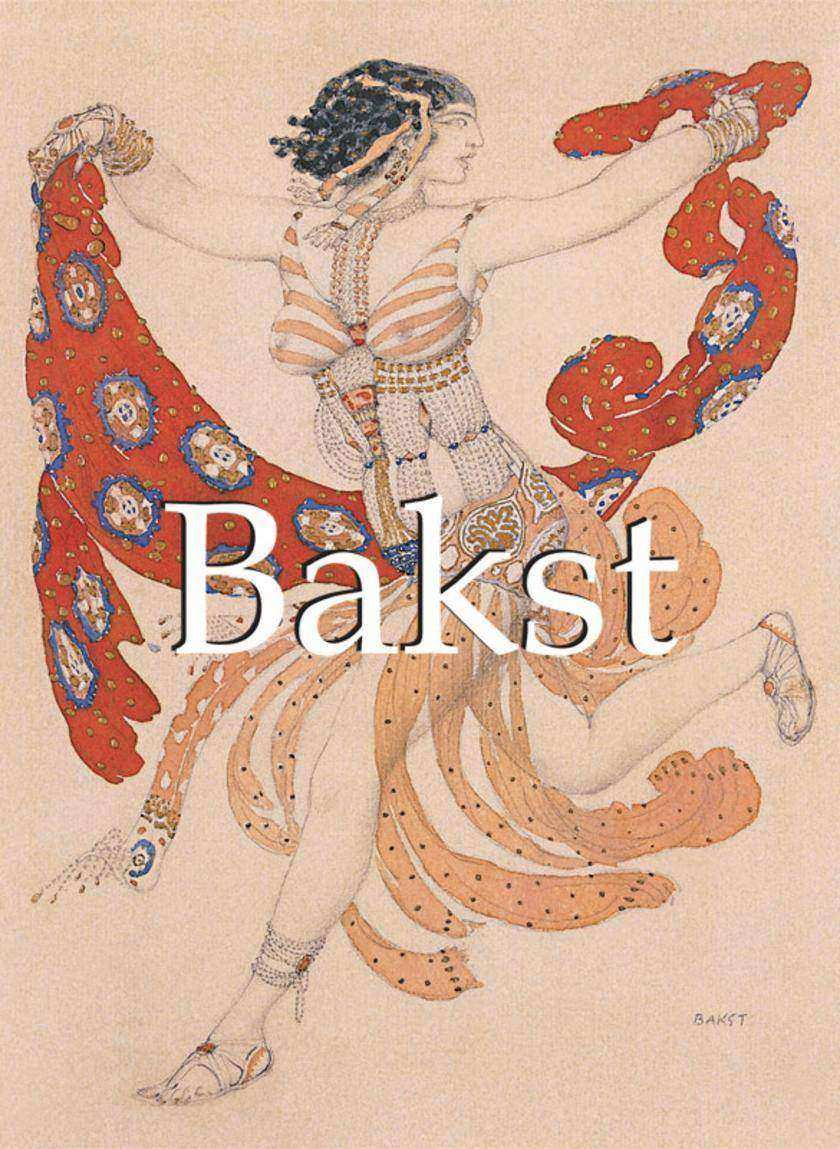
Bakst
¥61.23
Léon Bakst (1866-1924) was a painter, illustrator, stage and costume designer. He is universally acknowledged for representing a synthesis of creative energy in the late 19th and early 20th centuries. Bakst travelled widely throughout Europe and in 1890 joined the World of Art journal circle which numbered many artists among its members, the most famous being Benois and Diaghilev. This book illustrates the wealth of Bakst's contribution to the world of theatre and dance. His best known work includes sets for Stravinsky's Firebird, and Weber's Spectre de la Rose.
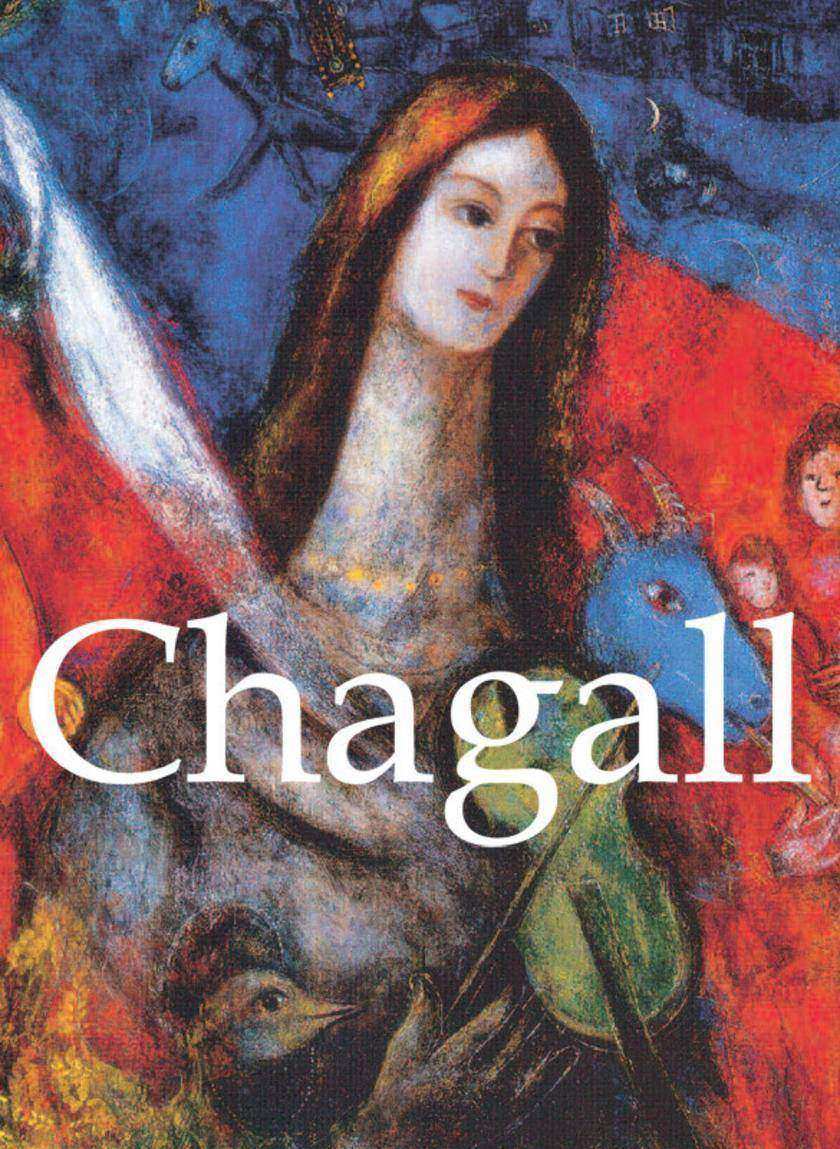
Chagall
¥61.23
Marc Chagall was born into a strict Jewish family for whom the ban on representations of the human figure had the weight of dogma. A failure in the entrance examination for the Stieglitz School did not stop Chagall from later joining that famous school founded by the Imperial Society for the Encouragement of the Arts and directed by Nicholas Roerich. Chagall moved to Paris in 1910. The city was his “second Vitebsk”. At first, isolated in the little room on the Impasse du Maine at La Ruche, Chagall soon found numerous compatriots also attracted by the prestige of Paris: Lipchitz, Zadkine, Archipenko and Soutine, all of whom were to maintain the “smell” of his native land. From his very arrival Chagall wanted to “discover everything”. And to his dazzled eyes painting did indeed reveal itself. Even the most attentive and partial observer is at times unable to distinguish the “Parisian”, Chagall from the “Vitebskian”. The artist was not full of contradictions, nor was he a split personality, but he always remained different; he looked around and within himself and at the surrounding world, and he used his present thoughts and recollections. He had an utterly poetical mode of thought that enabled him to pursue such a complex course. Chagall was endowed with a sort of stylistic immunity: he enriched himself without destroying anything of his own inner structure. Admiring the works of others he studied them ingenuously, ridding himself of his youthful awkwardness, yet never losing his authenticity for a moment. At times Chagall seemed to look at the world through magic crystal – overloaded with artistic experimentation – of the Ecole de Paris. In such cases he would embark on a subtle and serious play with the various discoveries of the turn of the century and turned his prophetic gaze like that of a biblical youth, to look at himself ironically and thoughtfully in the mirror. Naturally, it totally and uneclectically reflected the painterly discoveries of Cézanne, the delicate inspiration of Modigliani, and the complex surface rhythms recalling the experiments of the early Cubists (See-Portrait at the Easel, 1914). Despite the analyses which nowadays illuminate the painter’s Judaeo-Russian sources, inherited or borrowed but always sublime, and his formal relationships, there is always some share of mystery in Chagall’s art. The mystery perhaps lies in the very nature of his art, in which he uses his experiences and memories. Painting truly is life, and perhaps life is painting.
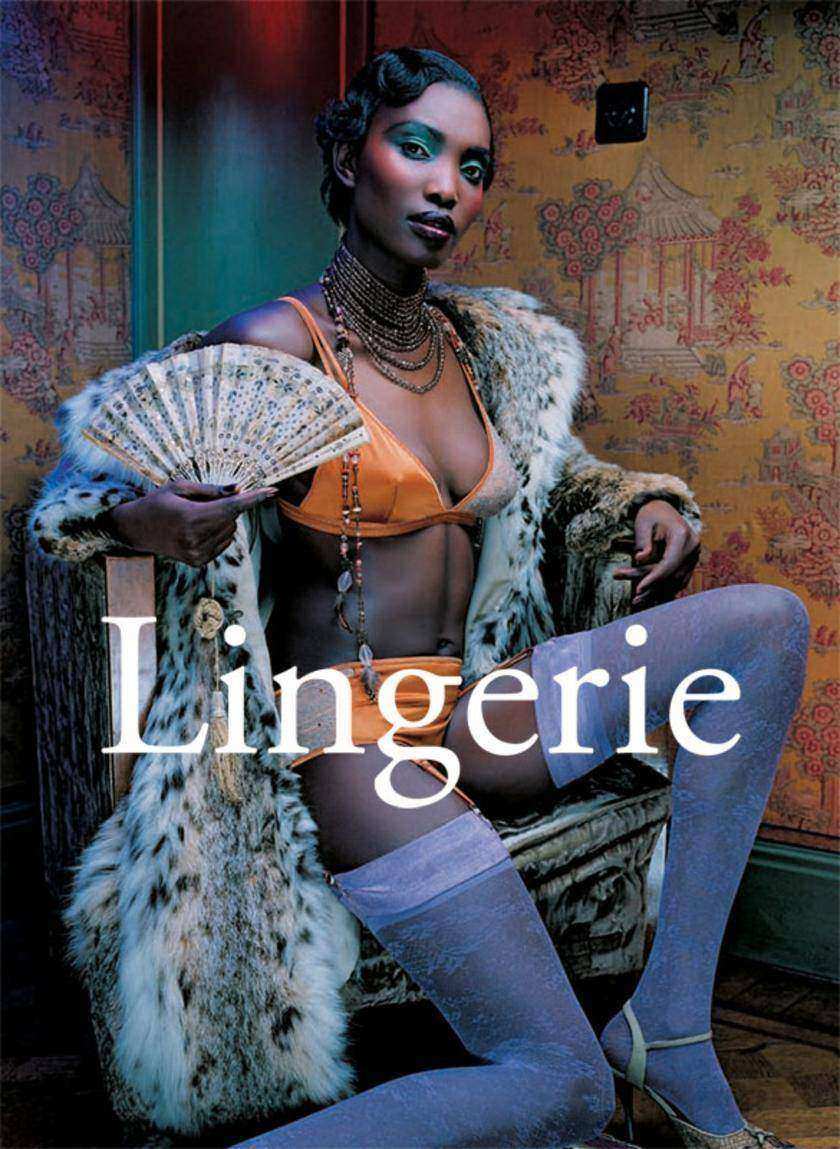
Lingerie
¥61.23
What do the thousands of images of bras and panties on perfectly sculpted bodies that we see spread across billboards and magazines say about our societyMany women indulge in lingerie to please men. Yet, since antiquity, women have always kept lingerie hidden away under outer garments. Thus, lingerie must be more than erotic bait. Authors Muriel Barbier and Shazia Boucher have researched iconography to explore the relationship of lingerie to society, revealing the economy and corridors of intimacy. They correlate lingerie with emancipation, querying whether it asserts newfound freedoms or simply adjusts to changing social values. This Mega Square book contains pictures of lingerie from the 17th to the 21st century.
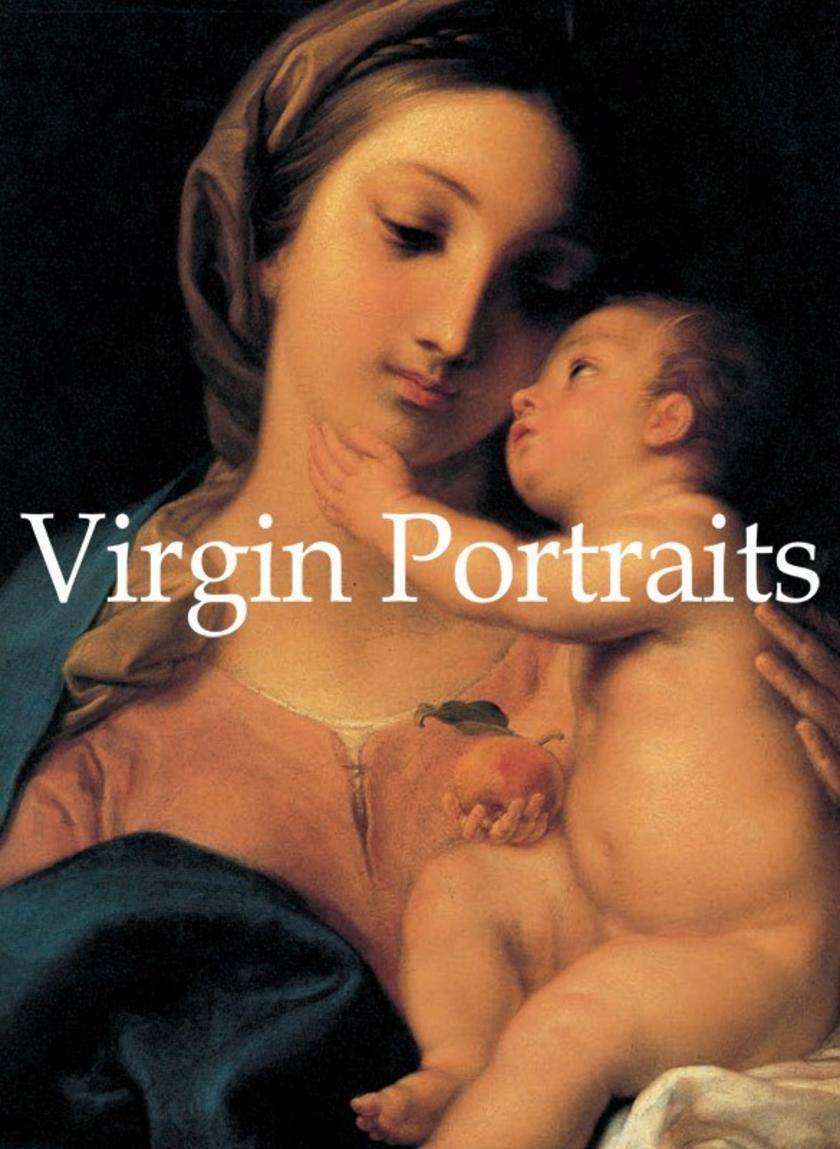
Virgin Portraits
¥61.23
During the Renaissance, Italian painters would traditionally depict the wives of their patrons as Madonnas, often rendering them more beautiful than they actually were. Over centuries in religious paintings, the Madonna has been presented as the clement and protective mother of God. However, with the passing of time, Mary gradually lost some of her spiritual characteristics and became more mortal and accessible to human sentiments. Virgin Portraits illuminates this evolution and contains impressive works by Michelangelo, Caravaggio, Rubens, Fouquet, Dalí, and Kahlo.
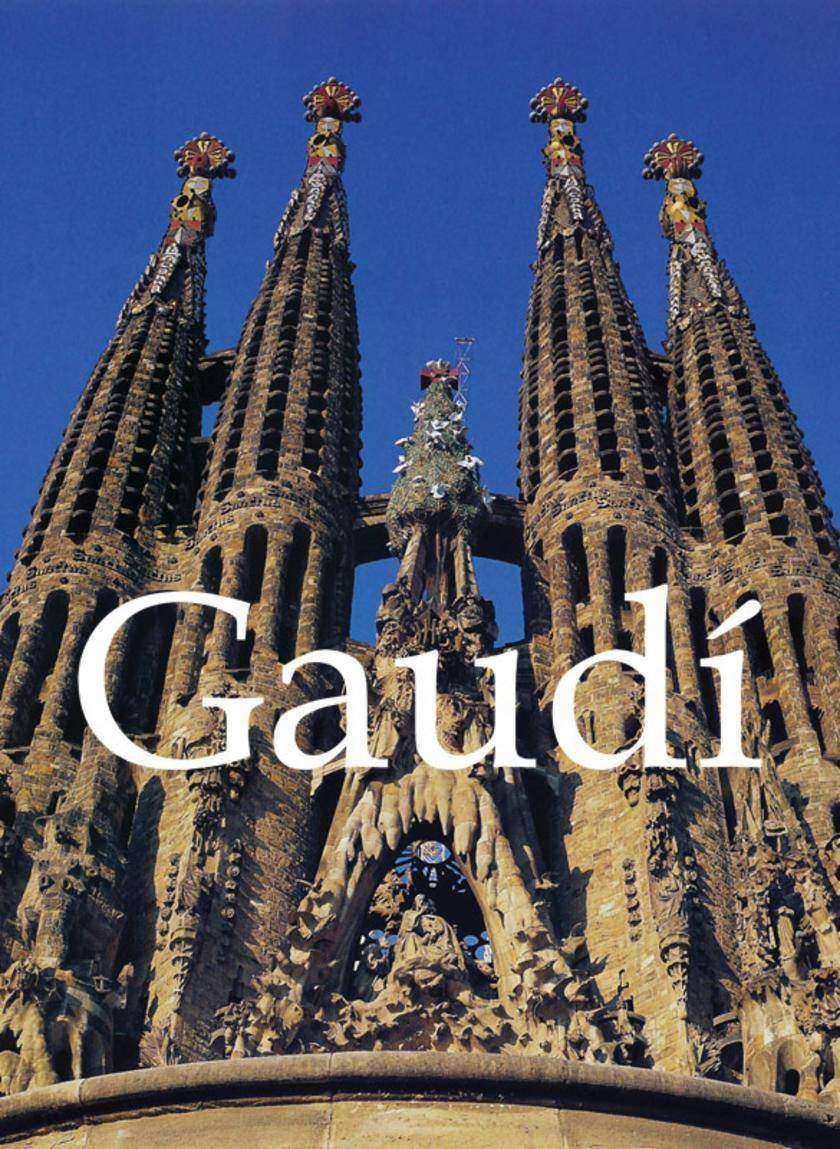
Gaudí
¥61.23
Spanish architect and designer, Antoni Gaudí (1852-1926) was an important and influential figure in the history of contemporary Spanish art. His use of colour, application of a range of materials and the introduction of organic forms into his constructions were an innovation in the realm of architecture. In his journal, Gaudí freely expressed his own feelings on art, “the colours used in architecture have to be intense, logical and fertile.” His completed works (the Casa Batlló, 1905-1907 and the Casa Milà, 1905-1910) and his incomplete works (the restoration of the Poblet Monastery and the altarpiece of Alella in Barcelona) illustrate the importance of this philosophy. His furniture designs were conceived with the same philosophy, as shown, for example, in his own office (1878) or the lamps in the Plaza Real in Barcelona. The Sagrada Familia (1882-1926) was a monumental project which eventually took over his life (it was still incomplete at the time of his death).
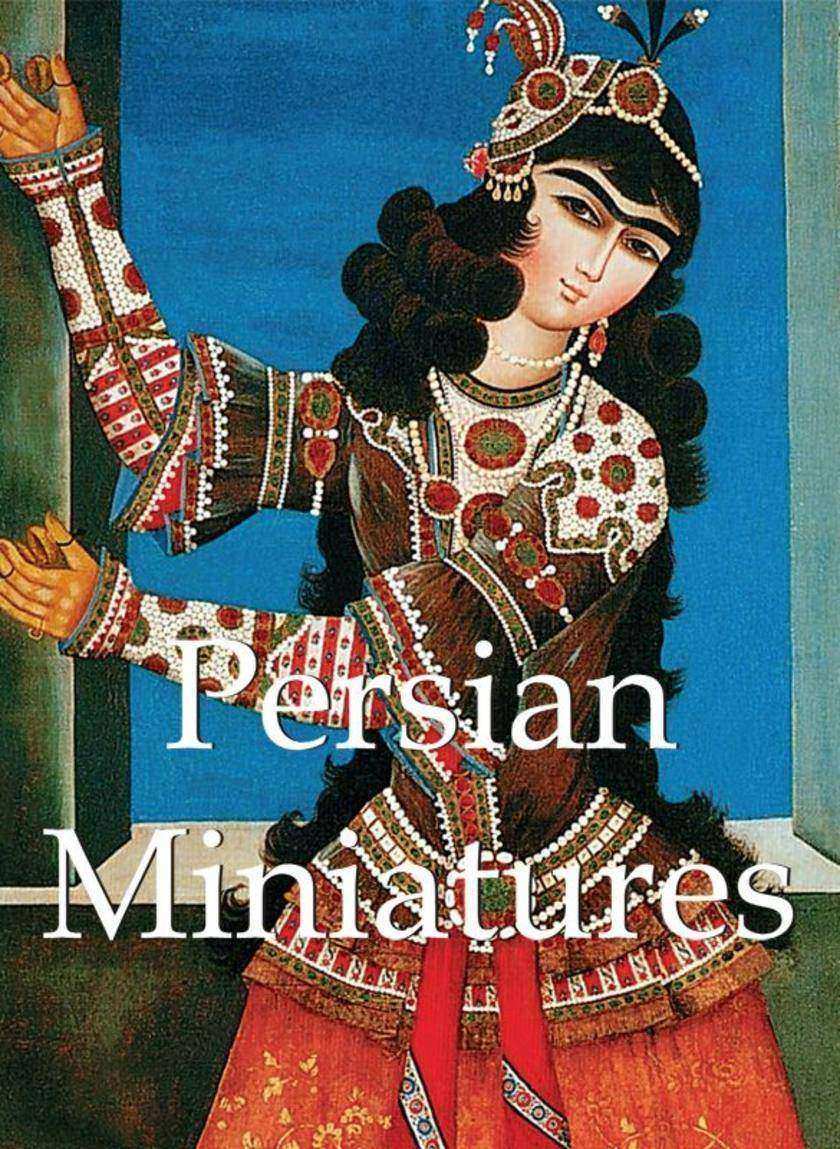
Persian Miniatures
¥61.23
文森特·梵高(1853-1890)是传奇,是被诅咒的艺术家神话的化身,是当代艺术的楷模。作为后印象派运动中表现主义画家,他的艺术在他生前备受误解。在荷兰,他研习农民的人物形象,参与了荷兰现实主义绘画运动。梵高一生忧心忡忡,丧心丧意,创作了超过两千幅艺术作品,但只在生前卖出去了一幅。梵高是一位自力更生的画家,他的作品因为粗犷而富含感情之美而闻名于世,是当今艺术市场上为有名的作品之一。
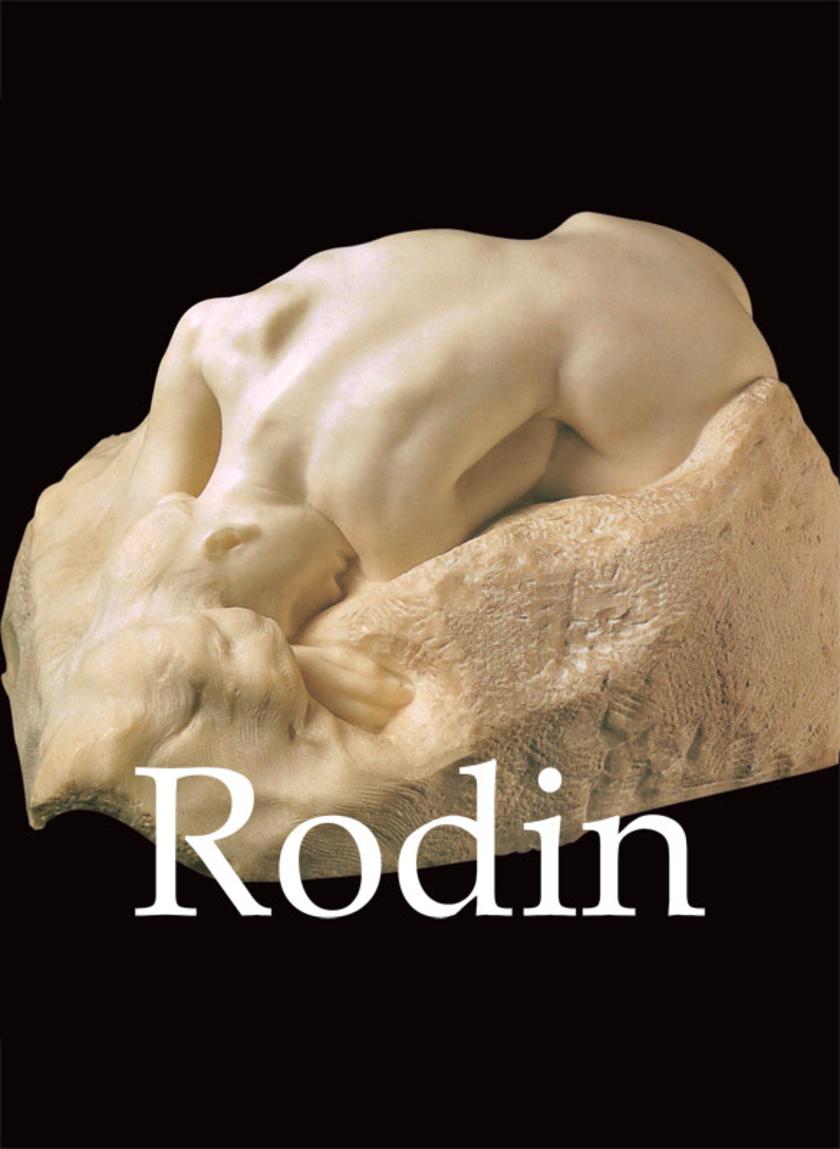
Rodin
¥61.23
受到古典大师——包括天才米开朗基罗和巴洛克雕塑,特别是贝尔尼尼(Bernini)——的影响,奥古斯特·罗丹(Auguste Rodin,1840-1917)是历*为声名显赫的艺术家之一。尽管罗丹被认为是现代雕塑的奠基人,他并不批判过去的古典传统。他的雕塑是批判性的,也是备受争议的,情色荡漾,高度写实。他富创造性的作品抛弃了神话和寓言的传统主题,拥抱人体,高歌个人主义和肉体。这本著作解密了这位备受赞扬的艺术家的事业和人生,探讨了他有名的艺术作品,例如《地狱之门》、《思考者》及“伤风败俗”之作——《吻》。
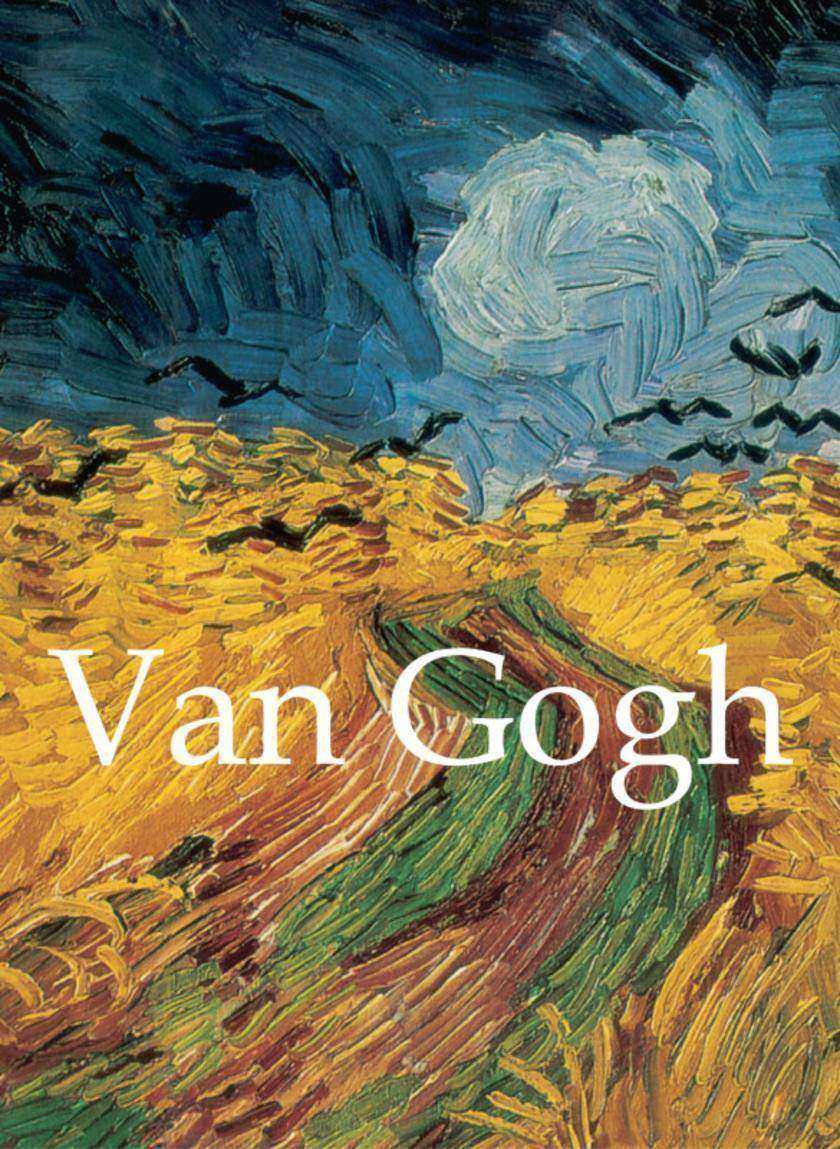
Van Gogh
¥61.23
来吧,来翻来书页欣赏优美的画作,来探索后印象主义的创造性天才——文森特·梵高(Vincent van Gogh)。生动活泼的色彩,异想天开的画笔,这些画作让我们能够洞察梵高波动的内心世界。这本Mega Square的小册子带你领略这位成就非凡的画家。

Franz Marc
¥61.23
他曾被纳粹诽谤为“堕落艺术家”,他笔下鲜明的线条和感情充沛的颜色有力地展现了战争的疼痛与创伤,他就是德国画家弗兰茨·马尔克(1880-1916)。在他的名作《动物的命运》中,马尔克创造性地用指直白的情感表达了原始的暴力,他称之为“战争的预感”。终,也正是这种对战争的热情终导致了三十六岁的马尔克的死亡。
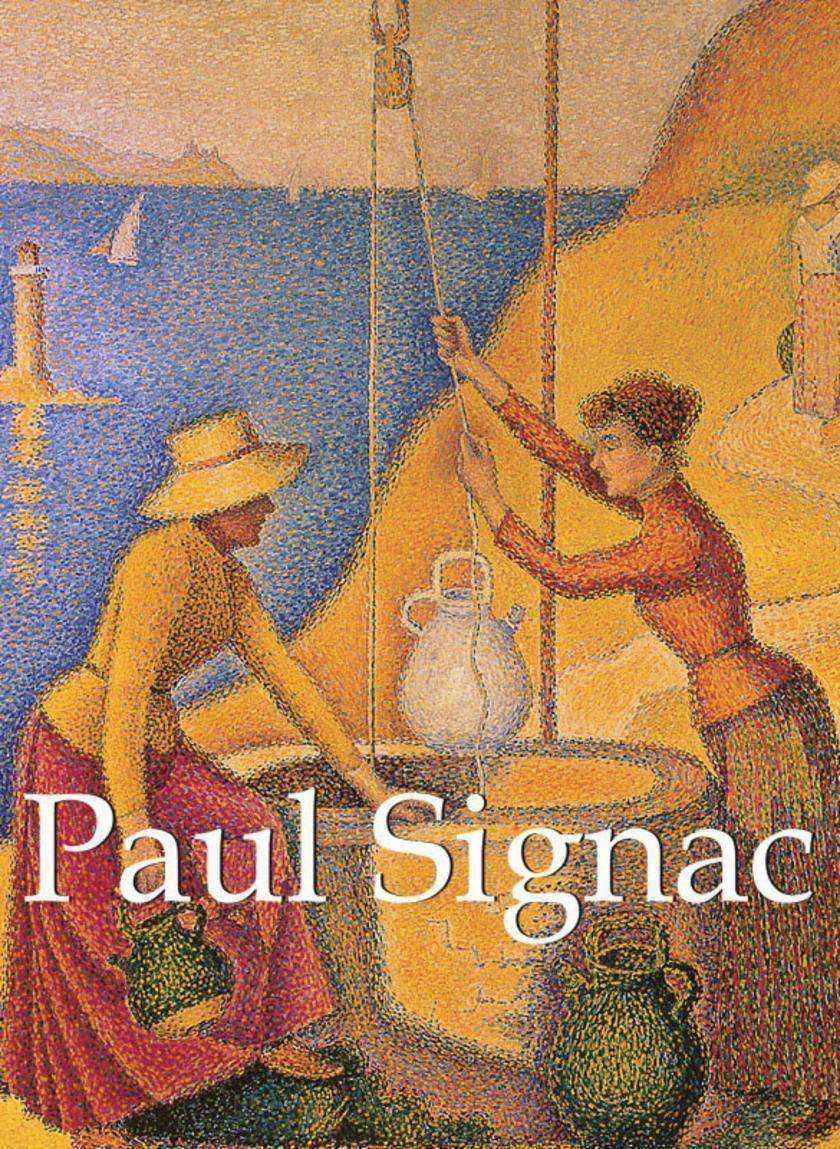
Paul Signac
¥61.23
保罗·西涅克(Paul Signac,1863-1935)在年少之时便深受莫奈的作品的影响,其朋友及师父乔治·修拉(Georges Seurat)是点彩画派大师,将点彩的科学精确性与印象主义色彩和感情的表达相结合。西涅克与文森特·梵高(Vincent van Gogh)也私交甚密,他崇敬梵高的绘画技巧,通过游历全国为那些不朽的画作寻找灵感。这本著作介绍了西涅克纷繁复杂、闻名于世的技巧,也展示了他有名的作品。
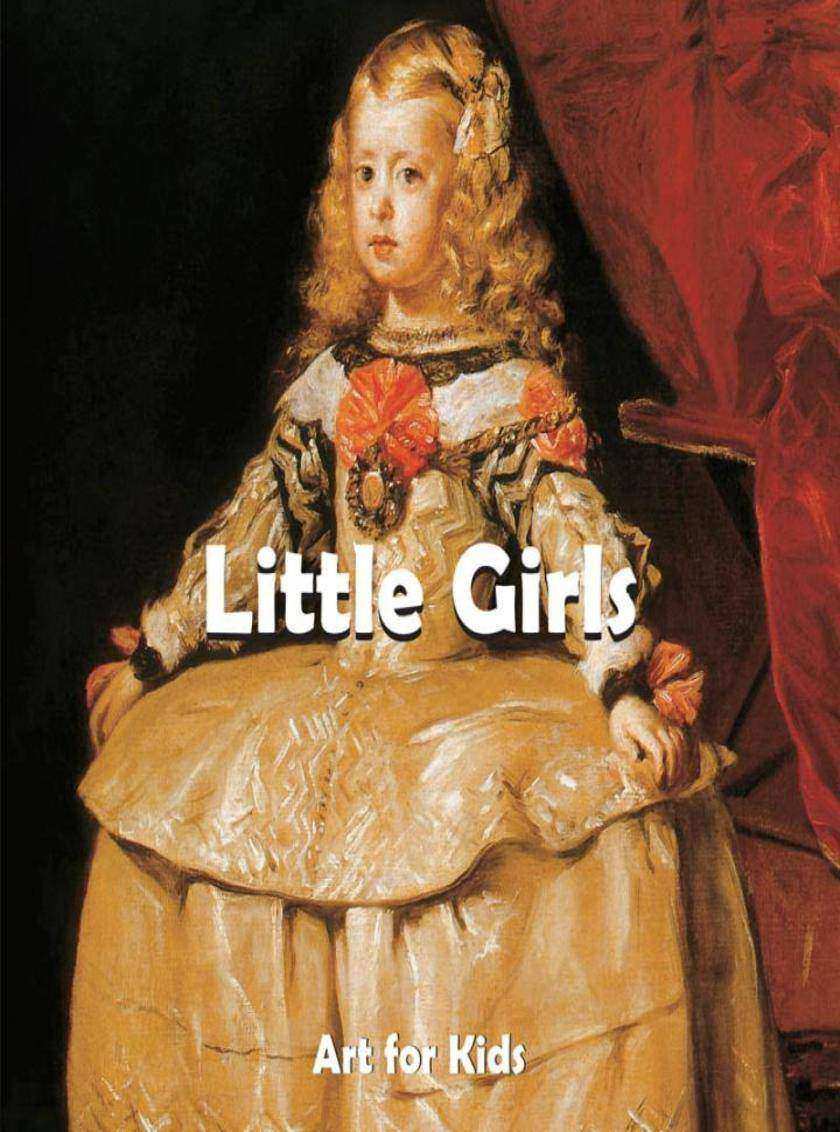
Little Girls
¥61.23
Ever since the ancient greeks sculpted the first kouros, children have been a source of inspiration for some of the world’s greatest artists. Whether portraits of their own children, friends, and family members, or a nostalgic psychological portrayal of the artist’s own youth, depictions of children in art remain arresting examples of an intersection between the picturesque innocence of childhood and the methodical work of adult artistry. In this delightful new puzzle book, children get a chance to see little boys and girls just like them as portrayed by great artists, learning about how children grew up throughout history while experiencing a genuine connection with works of artistic genius.

Top 5 Masterpieces vol 2
¥61.23
Ever since the ancient greeks sculpted the first kouros, children have been a source of inspiration for some of the world’s greatest artists. Whether portraits of their own children, friends, and family members, or a nostalgic psychological portrayal of the artist’s own youth, depictions of children in art remain arresting examples of an intersection between the picturesque innocence of childhood and the methodical work of adult artistry. In this delightful new puzzle book, children get a chance to see little boys and girls just like them as portrayed by great artists, learning about how children grew up throughout history while experiencing a genuine connection with works of artistic genius.
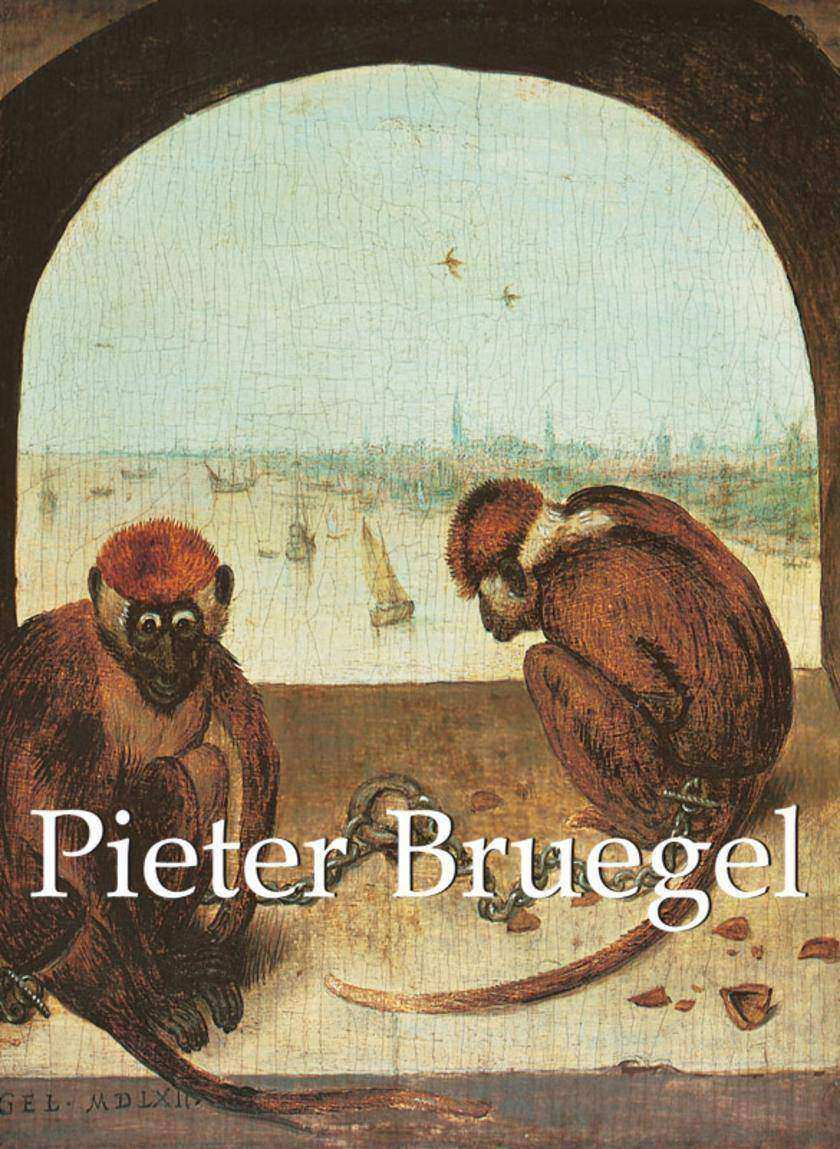
Pieter Bruegel
¥61.23
Pieter Brueghel was the first important member of a family of artists who were active for four generations. Firstly a drawer before becoming a painter later, he painted religious themes, such as Babel Tower, with very bright colours. Influenced by Hieronymus Bosch, he painted large, complex scenes of peasant life and *ure or spiritual allegories, often with crowds of subjects performing a variety of acts, yet his scenes are unified with an informal integrity and often with wit. In his work, he brought a new humanising spirit. Befriending the Humanists, Brueghel composed true philosophical landscapes in the heart of which man accepts passively his fate, caught in the track of time.
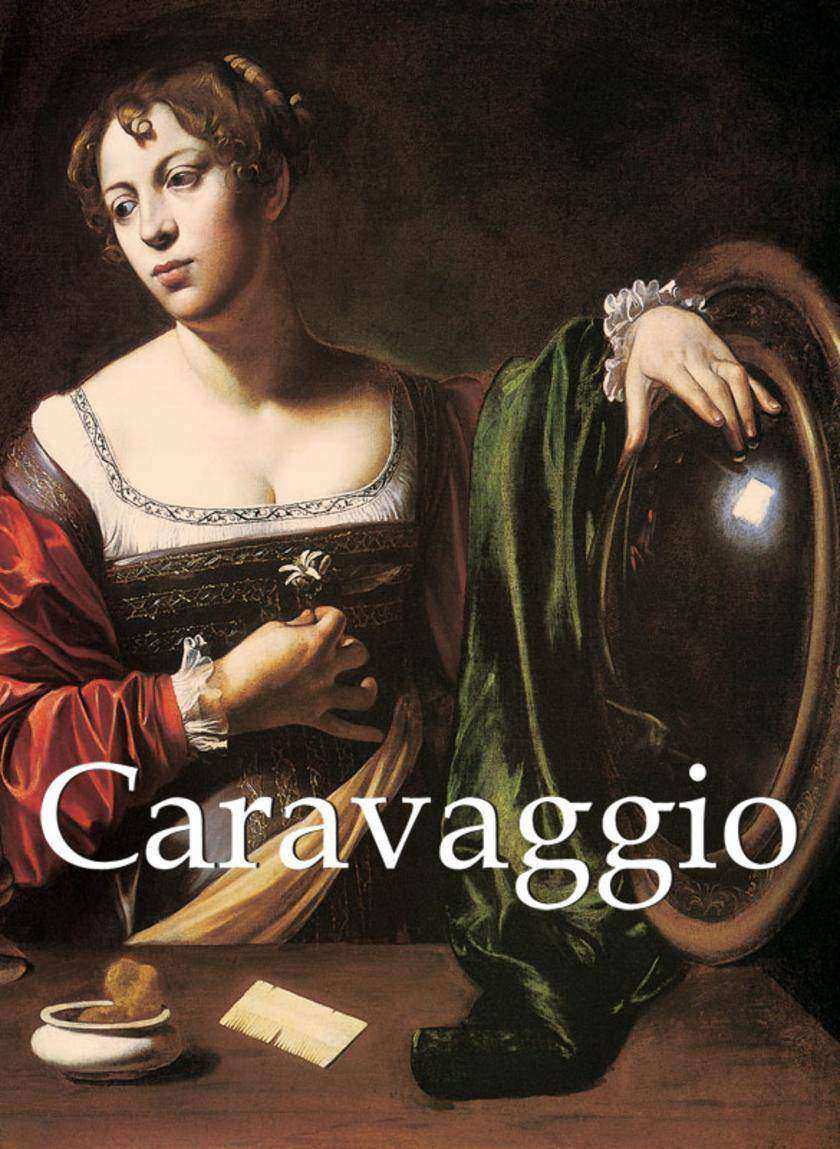
Caravaggio
¥61.23
直到二十世纪中期,长期以来备受争议的意大利画家卡拉瓦乔(Caravaggio,1571-1610)才重新被发现。作为现实主义的倡导者,这位反宗教改革的艺术家挑战陈习旧规,回归圣人形象的人性感。这位神秘的画家赋予了圣人纵欲之情,远远超出了通常的圣人崇拜,为模糊的色情打开了一扇门,这也导致了教廷的愤怒。这位影子画家矛盾而强烈地阐释了他堕落的生活方式和放荡的道德准绳。他所创造的明暗处理技巧,在艺术史上留下了血腥的印象。
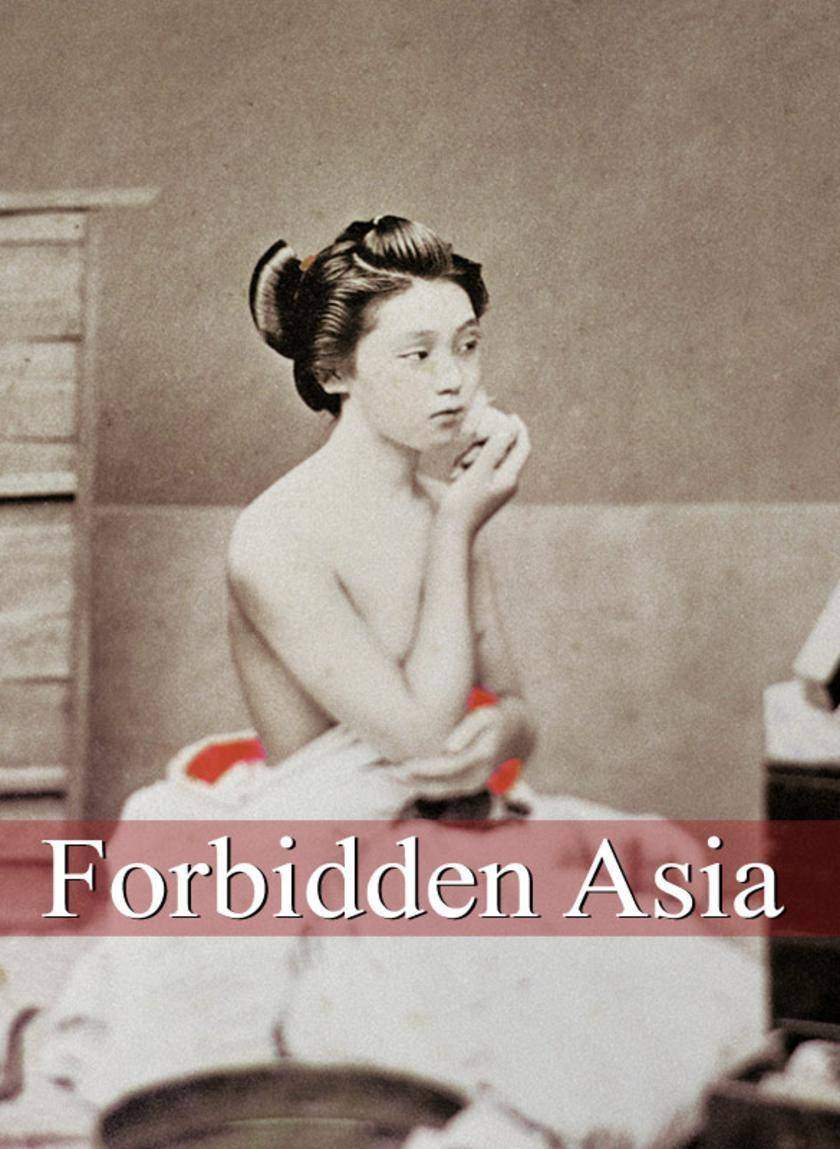
Forbidden Asia
¥61.23
Since The Turkish Baths (1863) by the French painter Ingres, the Far Eastern woman has, to many, been a symbol of out of reach or forbidden pleasures. Seafaring explorers, military adventurers and simple travellers from Europe over the centuries have all been enthralled by the exotic nature of the Asian woman, her foreignness accentuated by the gentle pallor of her skin. Thus arose the myth that she, of all women, was in possession of the knowledge of certain refined pleasures.
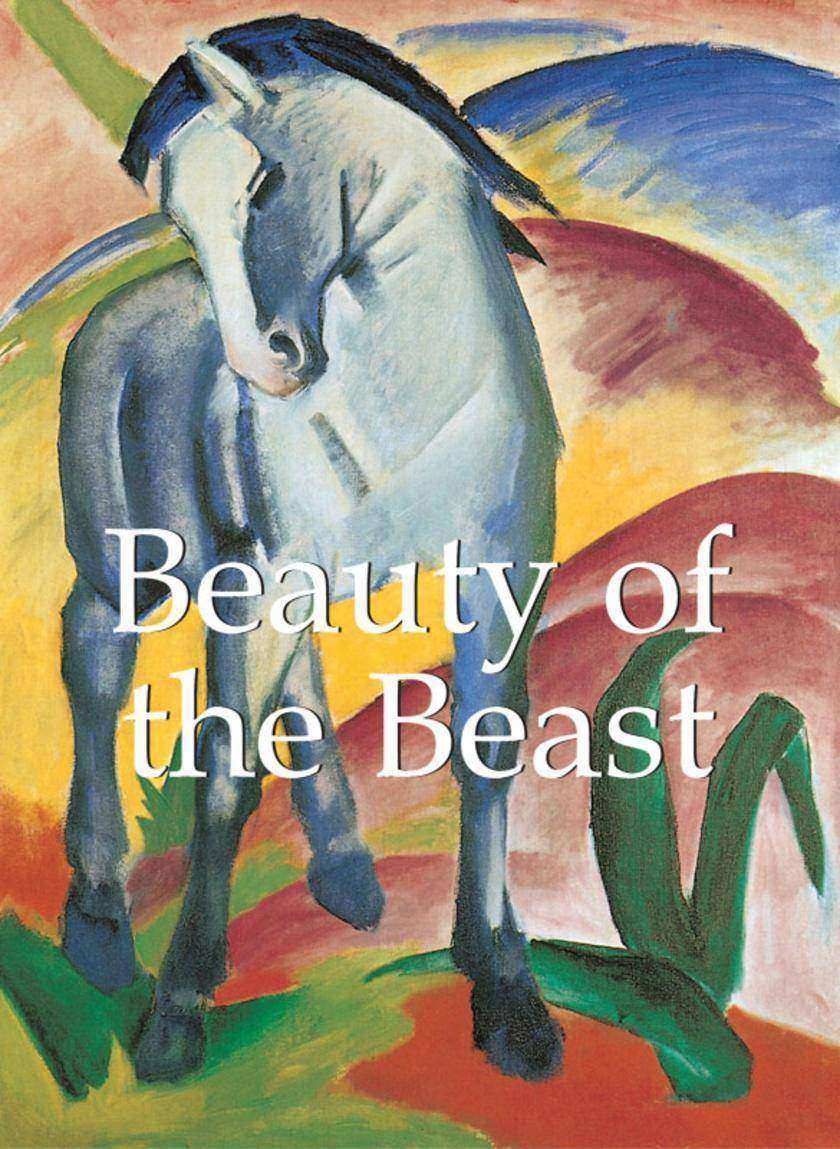
Beauty of the Beast
¥61.23
一直以来,艺术家都与动物世界保持着紧密的关系,这样常常是他们灵感的无穷无尽的资源。首先,他们直接从环境中获得灵感。动物是人类的朋友,是亲密的家庭生活的象征,也是天马行空的想象力的起点,因此在艺术中频频出现,特别是在文艺复兴时期备受推崇。在之后的东方主义中,异国动物群出现在动物艺术中,吸引了当代艺术家的目光。动物及其野性的美通过阿尔布雷特·丢勒(Albrecht Durer)、布勒哲尔(Pieter Brueghel)、莱昂纳多·达·芬奇(Leonard da Vinci)、欧仁·德拉克洛瓦(Eugene Delacroix)、亨利·卢梭 (Henri Rousseau)和保罗·克利(Paul Klee)的作品在本书中体现得淋漓尽致。

Apocalypse
¥61.23
圣经中的后一部语言,称为《启示录》或者《若望默示录》,揭示了世界末日所发生之事。在中世纪时期,宗教权威统治了社会,上帝的信仰深入人心,关于世界末日的话题也常常出现在艺术之中。宗教话题那些象征性的内容常常引发不同的解释,不同的说法往往援引不同类型的支撑材料(壁毯、彩图级、雕塑和绘画)。这本书收集了有名的宗教主题作品,例如昂热大教堂(Angers Cathedral)的天启帘,欧坦大教堂(Autun Cathedral)雕刻的半月楣,阿尔比教堂(Albi Cathedral)的壁画。启示录的话题能够让艺术家们发挥自己的想象力来表现内心。
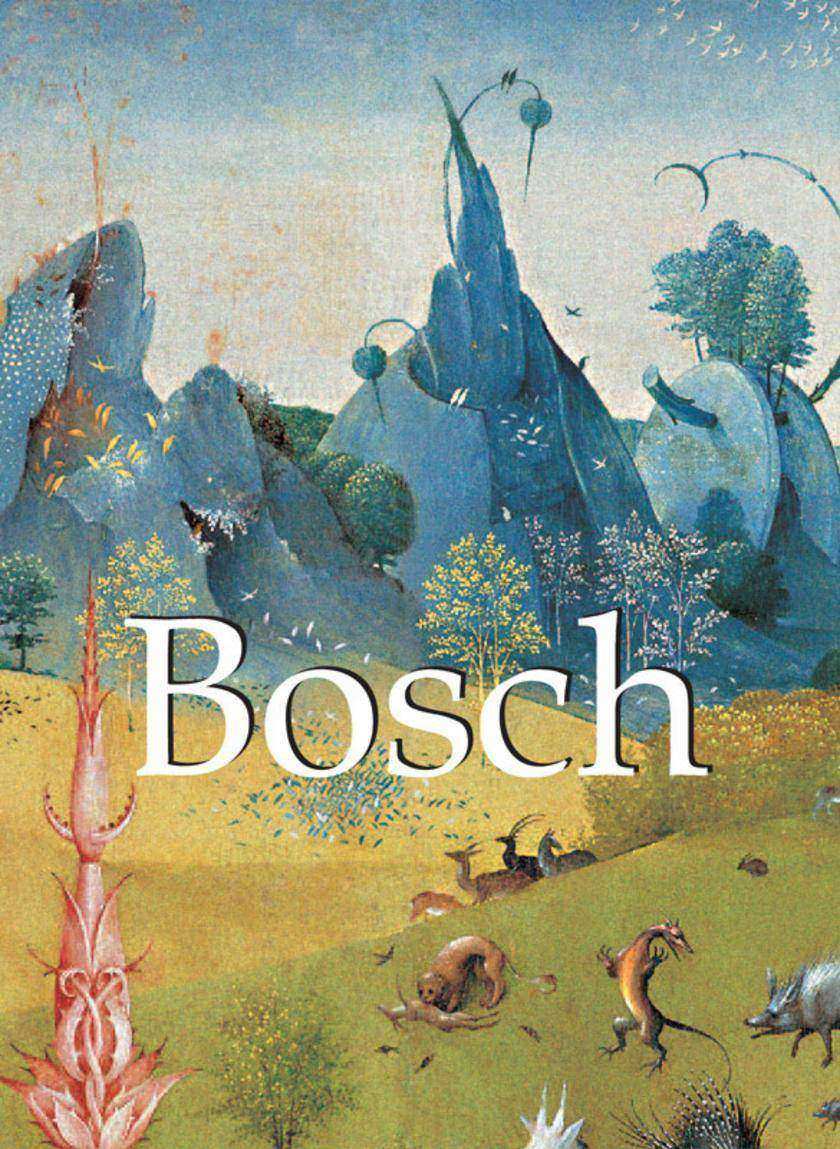
Bosch
¥61.23
在电子游戏发明之前,希罗尼穆斯波希(Hieronymus Bosch)的笔下就已经创作出了恐怖但丑萌的怪物,还带有一点小幽默。他的作品是自信的宣言,有力地挑战了背叛基督教教义之人的精神恐慌。波希生于1450年,死于1516年,他的出生之时正值文艺复兴的高潮时期,也见证了这一时期的宗教战争。中世纪传统和价值观轰然倒塌,为新世纪的到来开辟了道路。在这样的新世纪里,信念失去了力量和魔力。 ?波希开始警告那些不信教者和对上帝丧失了信仰的人——等待是危险的。波希相信所有人必须要有自己的道德选择,他关注地狱、天堂和欲望的主题,才华横溢地挖掘了水果和植物的象征意义,让他的意向充满了强烈的性欲色彩。这本独特的选集展示了波希为引人入胜的作品,小巧的形式也让它成为了一份完美的礼物。

Dürer
¥61.23
阿尔布雷特·丢勒(Albrecht Durer,1471-1528)是北部文艺复兴中*创新性的代表人物之一,他改革了宗教画和世俗画中的风景和肖像的绘画技巧。这本著作精选了不同类型的丢勒作品,紧致小巧的形式也成为了献给每一位艺术爱好者的完美赠礼。




 购物车
购物车 个人中心
个人中心



